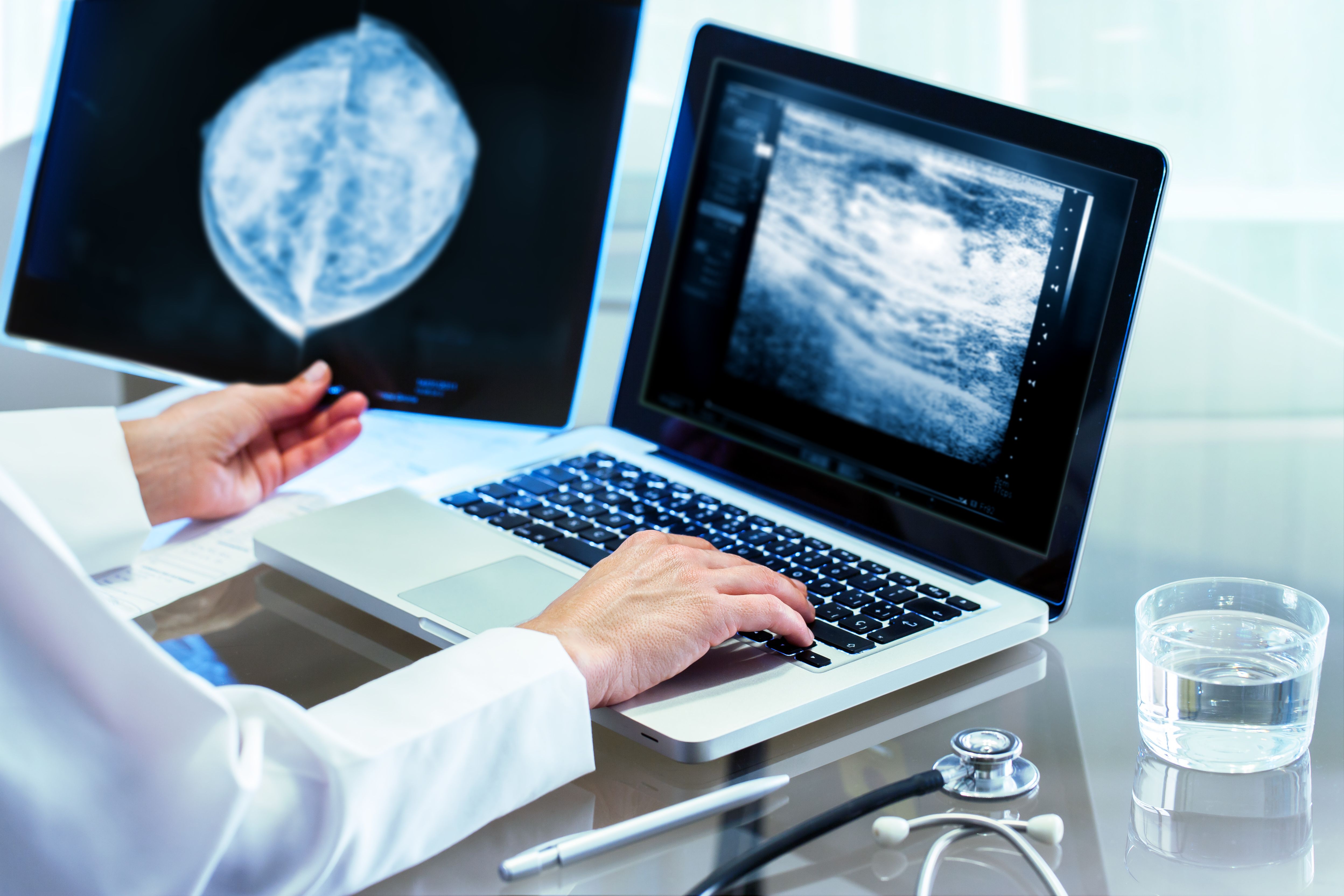
For women between the ages of 35 and 60 years with a family history of breast cancer, a study published in JAMA Oncology suggested that MRI screening every 18 months is cost-effective within the National Institute for Health and Care Excellence (NICE) threshold for all densities.
Moreover, the research indicated that higher thresholds would favor annual MRI screening. Altogether, the investigators determined that these study outcomes support a change of the current screening guidelines for this specific risk group and support MRI screening.
“Based on this cost-effectiveness analysis, MRI screening every 18 months or alternating annual MRI and mammography between the ages of 35 and 60 years may be recommended for women at increased familial risk of breast cancer, both followed by screening within the national screening program, when applying the NICE threshold,” the authors wrote. “Annual [magnetic resonance imaging; MRI] was associated with the largest mortality reduction, but for an [incremental cost-effectiveness ratio; ICER] higher than allowed by NICE guidelines.”
To assess the cost-effectiveness of MRI screening strategies for women with a 20% or more familial risk for breast cancer without a known BRCA1/2 or TP53 variant, researchers used microsimulation modeling to estimate costs and effectiveness on a lifetime horizon from age 25 years until death of MRI screening among a cohort of 10 million evaluable Dutch women. The majority of data were obtained from the randomized Familial MRI Screening (FaMRIsc) trial, which included Dutch women aged 30 to 55 years.
Overall, the economic evaluation modeling study estimated that, on a lifetime horizon per 1000 women with the mammography protocol of the FaMRIsc trial, 346 breast cancers would be detected, and 49 women were estimated to die from breast cancer, resulting in 22,885 quality of life years (QALYs) and total costs of $7,985,134.61 (€7,084,767). With the addition of the MRI protocol, 79 QALYs were added along with an additional $2,994,964.65 (€2,657,266).
“We modeled a Dutch health care setting, but we expect the relative difference in health outcomes between our modeled strategies to be similar in other countries,” the authors noted. “In contrast, unit prices as well as cost-effectiveness thresholds vary substantially per country, which should be taken into account when generalizing our results to other countries.”
Ultimately, when applying the NICE threshold, MRI performed only every 18 months between the ages of 35 and 60 years followed by the national screening program was considered optimal, with an ICER of $24,097.08 (€21,380) compared with the previous nondominated strategy in the ranking. Similarly, annual screening alternating MRI and mammography between the ages of 35 and 60 years, followed by the national screening program, demonstrated similar outcomes.
“We simulated one group of women with, on average, the same risk of breast cancer. However, starting screening at 35 years of age may not be beneficial for all women within this group, depending on the youngest age of breast cancer diagnosis of a family member and their individually calculated lifetime risk,” the authors explained. “Therefore, family history should be taken into account when choosing the starting age for screening.”
Importantly, the researchers suggested that higher thresholds would favor annual MRI screening. Further, the ICER was most sensitive to the unit cost of MRI and the utility value for ductal carcinoma in situ and localized breast cancer.
Notably though, there are still downsides to MRI, including its high costs, more false-positive results, and increased overdiagnosis. Overdiagnosis may be a result of excessive detection of low-grade tumors, though this study model could not distinguish between low-grade or high-grade tumors. However, overdiagnosis is captured in these results according to the investigators, and the same utility values were applied to all modeled breast cancer cases.
“Currently, abbreviated MRI seems promising, which has shorter acquisition time and reading time while maintaining diagnostic accuracy,” the authors wrote. “A less time-consuming MRI will decrease the price of the test, which has a favorable association with the ICER, as shown in our sensitivity analyses.”
Reference:
Geuzinge HA, Obdeijn I, Rutgers EJT, et al. Cost-effectiveness of Breast Cancer Screening With Magnetic Resonance Imaging for Women at Familial Risk. JAMA Oncology. doi: 10.1001/jamaoncol.2020.2922.
"breast" - Google News
August 24, 2020 at 01:04AM
https://ift.tt/3jaaGt4
MRI for Women at Familial Risk of Breast Cancer Appears to be Cost-Effective - Cancer Network
"breast" - Google News
https://ift.tt/2ImtPYC
https://ift.tt/2Wle22m
Bagikan Berita Ini














0 Response to "MRI for Women at Familial Risk of Breast Cancer Appears to be Cost-Effective - Cancer Network"
Post a Comment